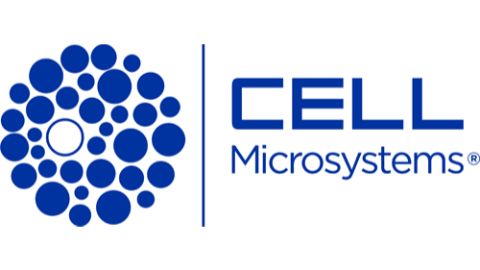Biomaterials as Stem Cell Regulators in the Development of in vitro Tissue Models
Since cells are organized in vivo in a complex 3D microenvironment that allows interactions between them and the extracellular matrix, 3D in vitro models are gaining increasing interest due to their capability to more realistically reproduce a tissue/organ than 2D models. To this aim, a wide library of biomaterials is necessary to allow a fine reproduction of the properties of the tissue and the pathological condition to be modeled. Polyurethanes represent a promising alternative to traditional polymers, due to their high chemical versatility that allows a fine tuning of their physico-chemical, mechanical and biological properties. In my group a wide library of poly(e-caprolactone)-based polyurethanes has been obtained and exploited in the design of 3D scaffolds mimicking myocardium architecture and mechanical properties. The developed substrates support human bone marrow-derived mesenchymal stem cells adhesion and growth, inducing their alignment along a preferred direction and directing their initial lineage specification towards a myogenic phenotype (C-kit down-regulation and Mef-2C up-regulation) in static cell culture conditions. Human adipose tissue-derived stromal cells have also been seeded on the designed substrates and subjected to a mechanical cue in the presence of a cardiogenic cocktail. The combination of the 3D support, and physical and mechanical cues has led to an increase in expression of Nkx2.5, Mef-2C, HAND2 and MHC compared to 2D cell culture. This work has thus demonstrated that PUs hold several advantages over traditional polymers, as key stem cell regulators in the design of both in vitro tissue models and constructs for regenerative medicine.








